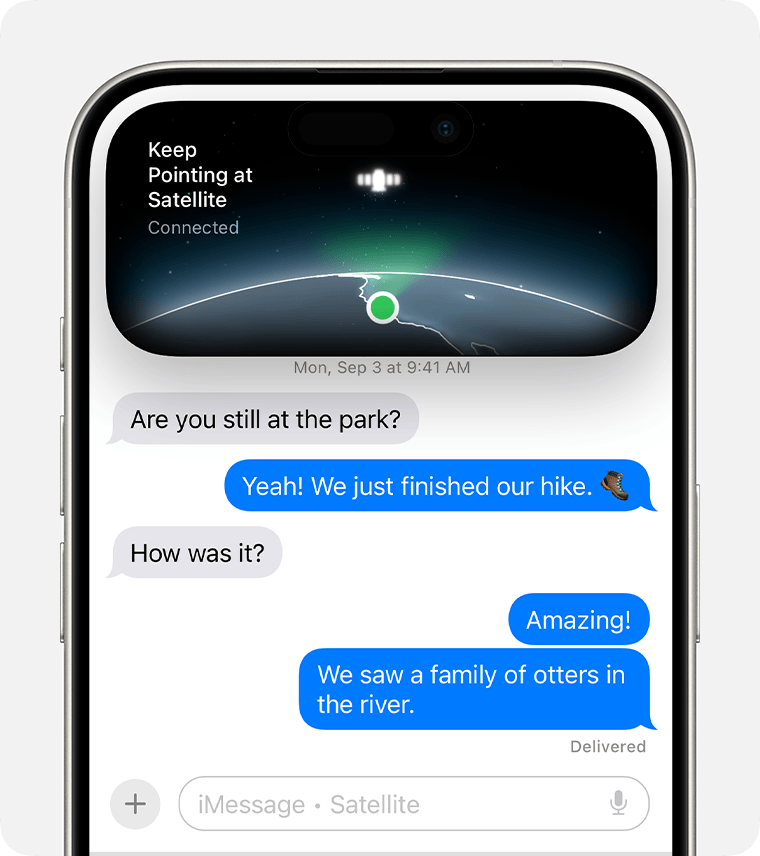Apple released the iOS 18 update for iPhones in early September, unlocking the ability for certain iPhone models to send and receive text messages using a satellite connection. You should update your iPhone now if you haven’t already, especially with hurricanes taking out cell networks across the eastern United States.
Cellular networks and landline internet services often go offline during major storms, and restoring service can be difficult if other infrastructure is affected. The recent Hurricane Helene storm destroyed cell networks in many areas of the southeastern United States, and the 2024 Atlantic hurricane season isn’t over yet.
Thankfully, satellite networks are safe from Earth’s storms, and Apple’s updated satellite connectivity on iPhones could help you stay connected with friends and family during extended internet and cell outages.
Texting With Satellites
The iPhone 14 series and newer include Emergency SOS via satellite, allowing you to contact emergency services, update your Find My location, and contact roadside assistance using a direct connection to satellites in orbit. You need to be in a supported country for the feature to work, like the United States or Canada (Apple has a full list on its support site), and your iPhone needs an unobstructed view of the sky for a strong connection.
The latest iOS 18 update adds the ability to send iMessages or SMS messages over a satellite connection. When your iPhone can’t connect to a cell network or Wi-Fi, you’ll get a prompt that satellite features are available. You can then open the Messages app to send and receive texts.
There are some catches, since satellites don’t have the same bandwidth as ground-based networks. You have to keep your phone pointed at the satellite to send and receive messages—a popup tells you where to point. You’re also limited to one-on-one conversations with text messages, emojis, and tapbacks, and in some cases there’s a character count limit. Photos, videos, audio, stickers, and group messages don’t work. Finally, messaging is currently limited to the Untied States and Canada.
Even with all the limitations, satellite messaging is a lot better than nothing. If a storm takes out your home internet and all nearby cell towers, you might still be able to keep in touch with friends and family. You’ll still need your phone charged, though, so it’s also a good idea to keep a portable battery charged and ready.
Update Your iPhone
If you have an iPhone 14 or later in the United States or Canada, you can update to iOS 18 now to get access to satellite texting. Your contacts also need to update to iOS 18 for the best possible experience. If you try to contact someone with a non-Apple device or anyone who hasn’t set up iMessage, it will fall back to SMS over satellite, which only works if your carrier supports it.
You can check out Apple’s support documentation to learn more about satellite messaging. There’s also a demo mode that shows you how satellite connectivity works before you need it.





